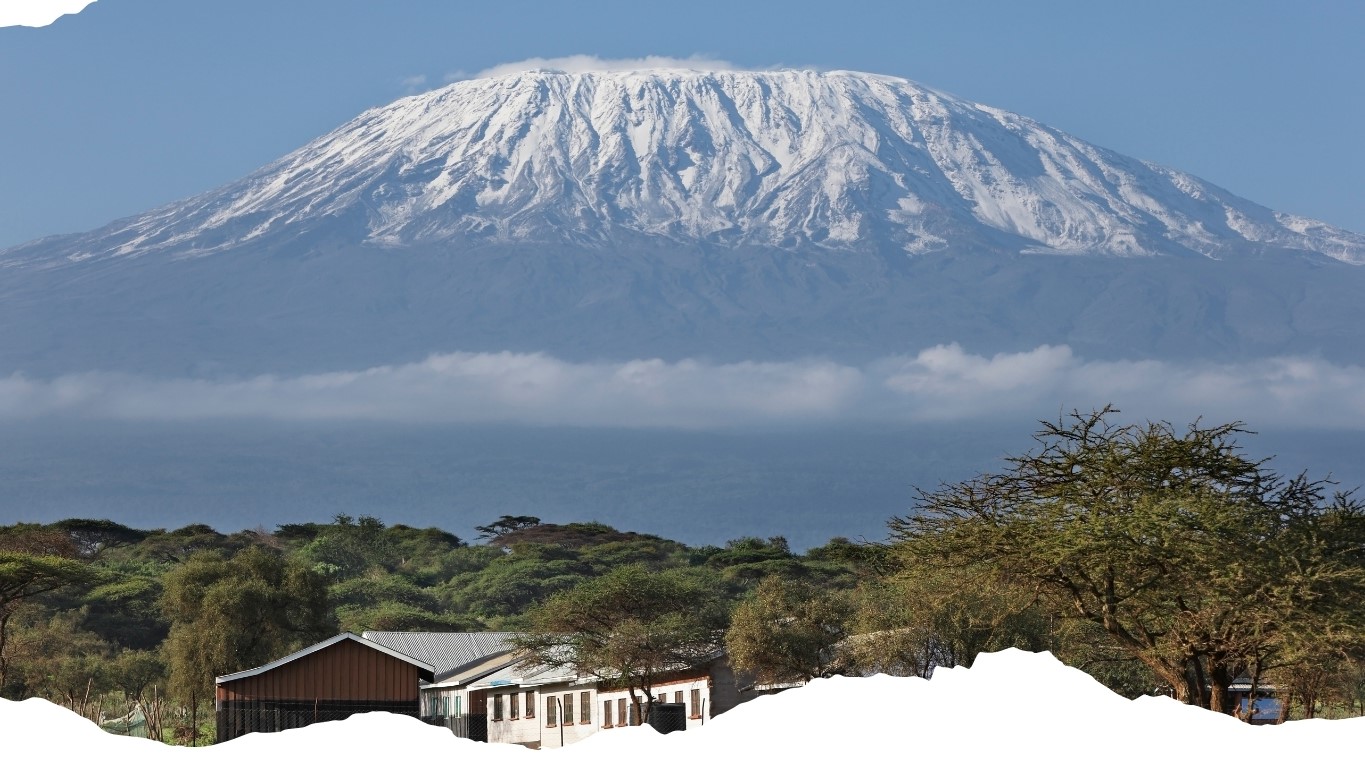5 Days Kilimanjaro Trekking - Umbwe Route
Challenge yourself on Kilimanjaro's most direct and demanding route - the Umbwe Route. This steep, less-traveled path offers adventurous trekkers a thrilling ascent through dramatic landscapes to Uhuru Peak (5,895m). Perfect for experienced hikers seeking a more solitary Kilimanjaro experience.
Our group joining trek includes professional guides, all camping equipment, and nutritious meals. The Umbwe Route provides stunning scenery and a true wilderness experience before joining the standard summit route from Barafu Camp.

Day 1: Arusha to Umbwe Gate to Umbwe Cave Camp (2,850m)
Morning pickup from your Arusha hotel (around 7:00 AM) for transfer to Umbwe Gate (1,640m). After registration, begin the steep ascent through dense rainforest.
The challenging 5-7 hour hike covers only 11km but gains significant elevation to Umbwe Cave Camp (2,850m). This remote campsite nestled in the forest offers your first taste of the route's demanding nature.
Evening briefing from your guides about the coming days' challenges. Temperatures remain mild but humidity can be high in the forest environment.
Day 2: Umbwe Cave Camp to Barranco Camp (3,976m)
After breakfast (around 7:30 AM), continue the steep climb out of the forest into moorland zone. The trail follows a narrow ridge with spectacular drops on either side.
After 4-6 hours hiking, reach Barranco Camp (3,976m) with its iconic views of the Barranco Wall. This scenic campsite sits in a valley surrounded by giant groundsels, with Kibo's glaciers glistening above.
Rest and acclimatize while enjoying meals prepared by our mountain chef. Night temperatures drop below freezing at this altitude.
Day 3: Barranco Camp to Karanga Camp (4,035m)
Morning ascent of the imposing Barranco Wall (4,200m) - a thrilling scramble requiring steady footing. Descend into the Karanga Valley before climbing to Karanga Camp (4,035m).
Today's 4-5 hour trek serves as vital acclimatization while offering panoramic views of Kibo's southern glaciers. The shorter distance allows your body to adjust to the increasing altitude.
Afternoon rest at camp with optional short acclimatization hike. Prepare equipment for summit night as temperatures continue to drop dramatically after sunset.
Day 4: Karanga Camp to Barafu Camp (4,673m) to Summit (5,895m) to Mweka Camp (3,080m)
Morning hike to Barafu Camp (4,673m) arriving by midday. Rest and prepare for the summit attempt. Wake at 11:00 PM for final preparations before beginning the midnight ascent.
The grueling 6-8 hour climb to Uhuru Peak (5,895m) tests your endurance on steep scree slopes. Reach Stella Point (5,739m) at dawn before the final push along the crater rim.
After celebrating at Africa's highest point, descend to Barafu for short rest then continue to Mweka Camp (3,080m). Total trekking time 14-16 hours covering about 18km.
Day 5: Mweka Camp to Mweka Gate to Arusha
Final descent through lush rainforest to Mweka Gate (1,640m). The 3-4 hour hike completes your Umbwe Route adventure.
Receive your summit certificates before transferring back to Arusha. Arrive by mid-afternoon (around 3-4 PM) for hotel drop-off. You've conquered Kilimanjaro via its most challenging direct route!